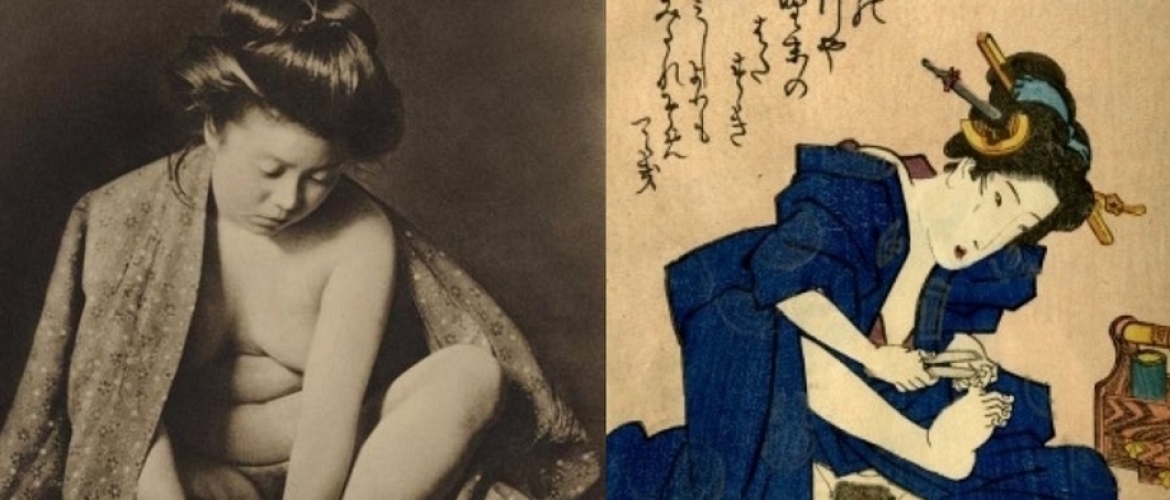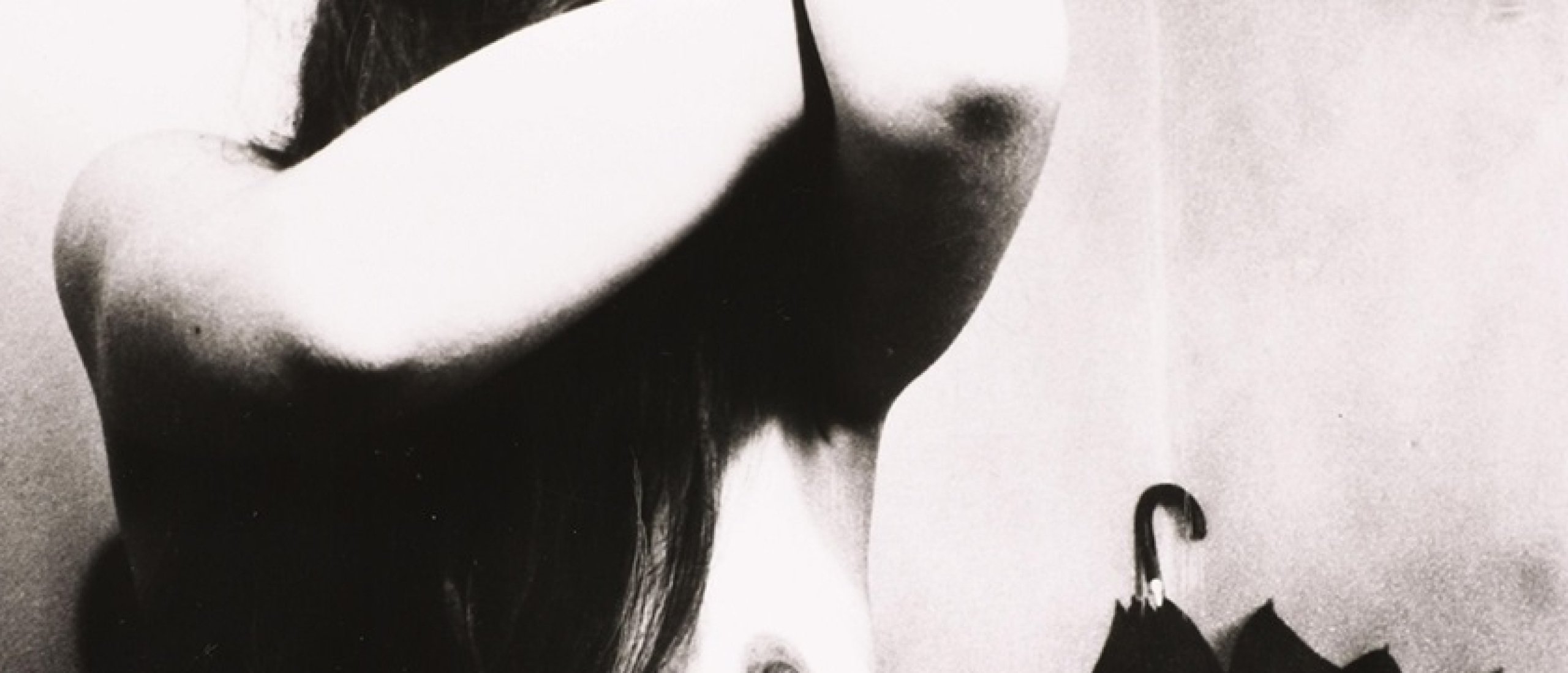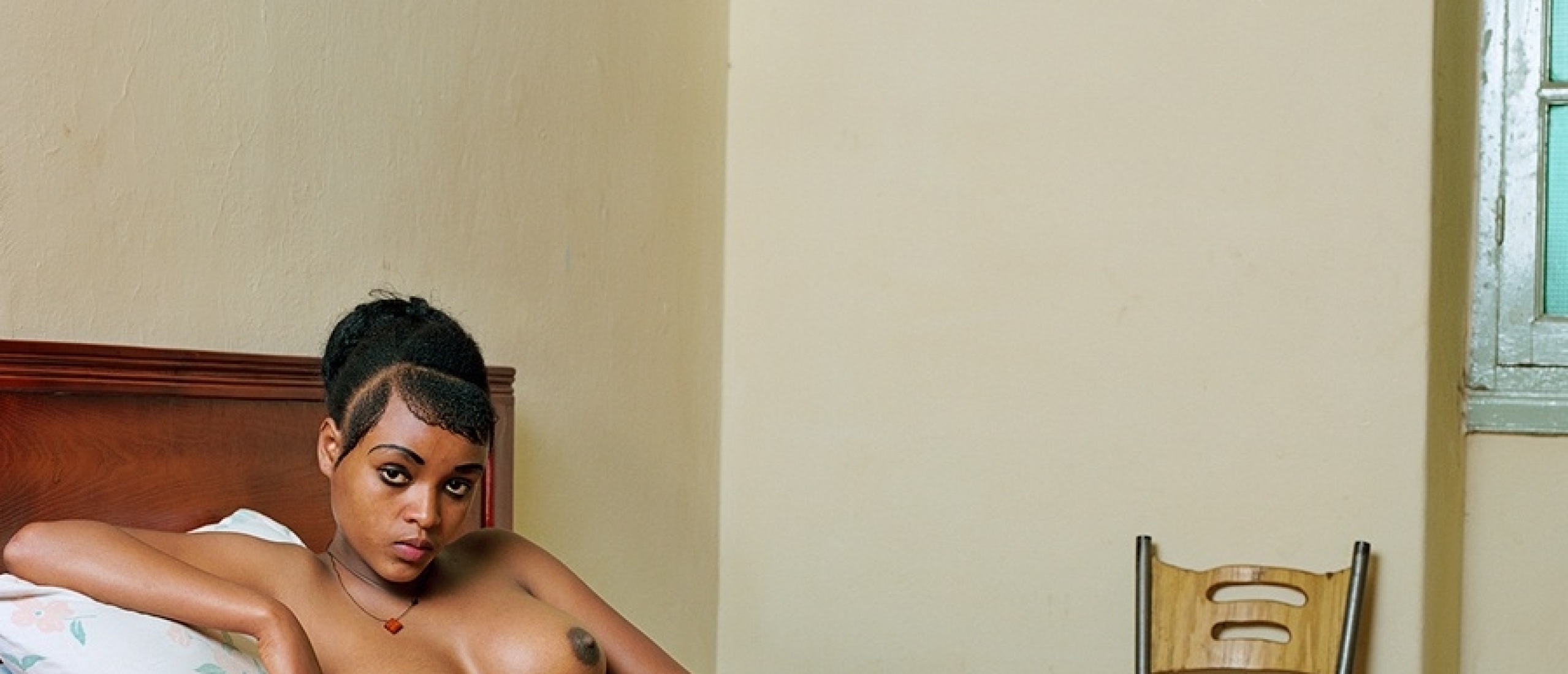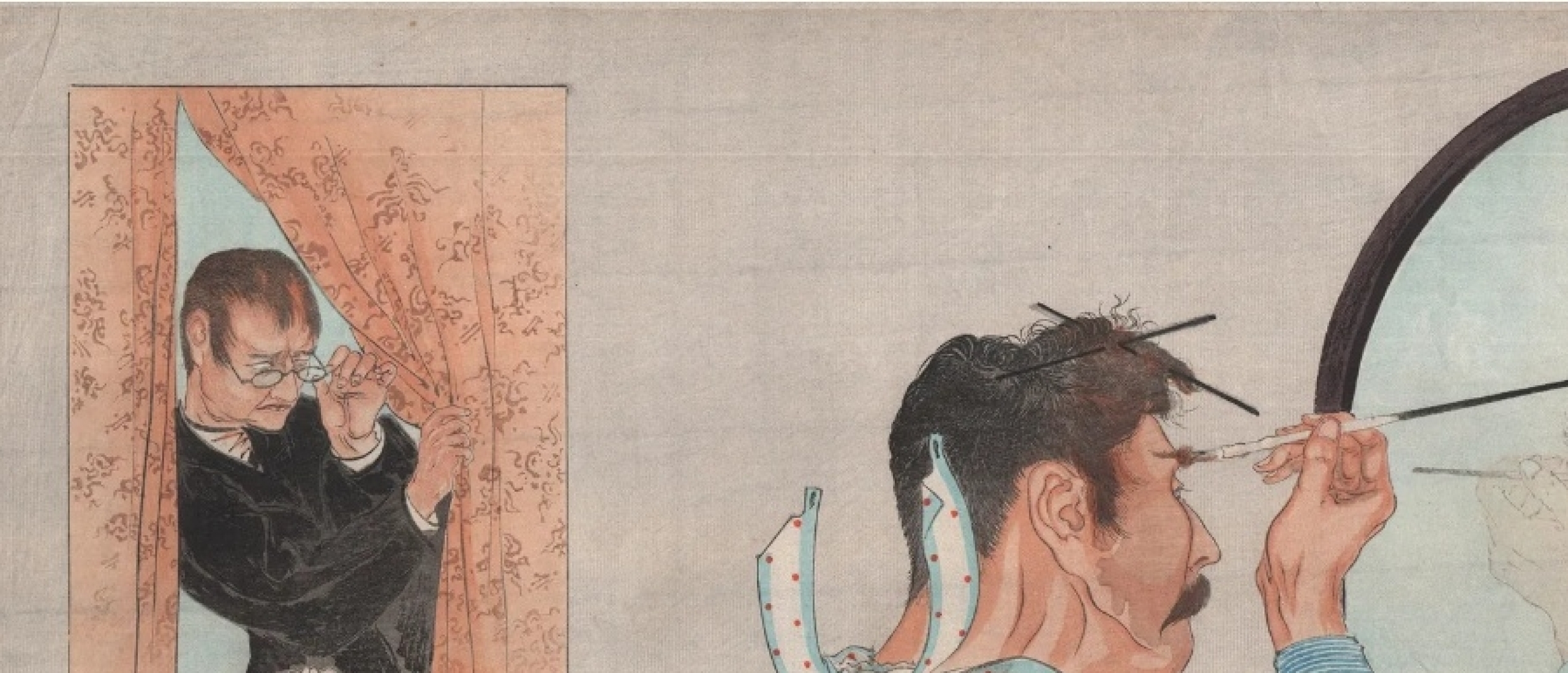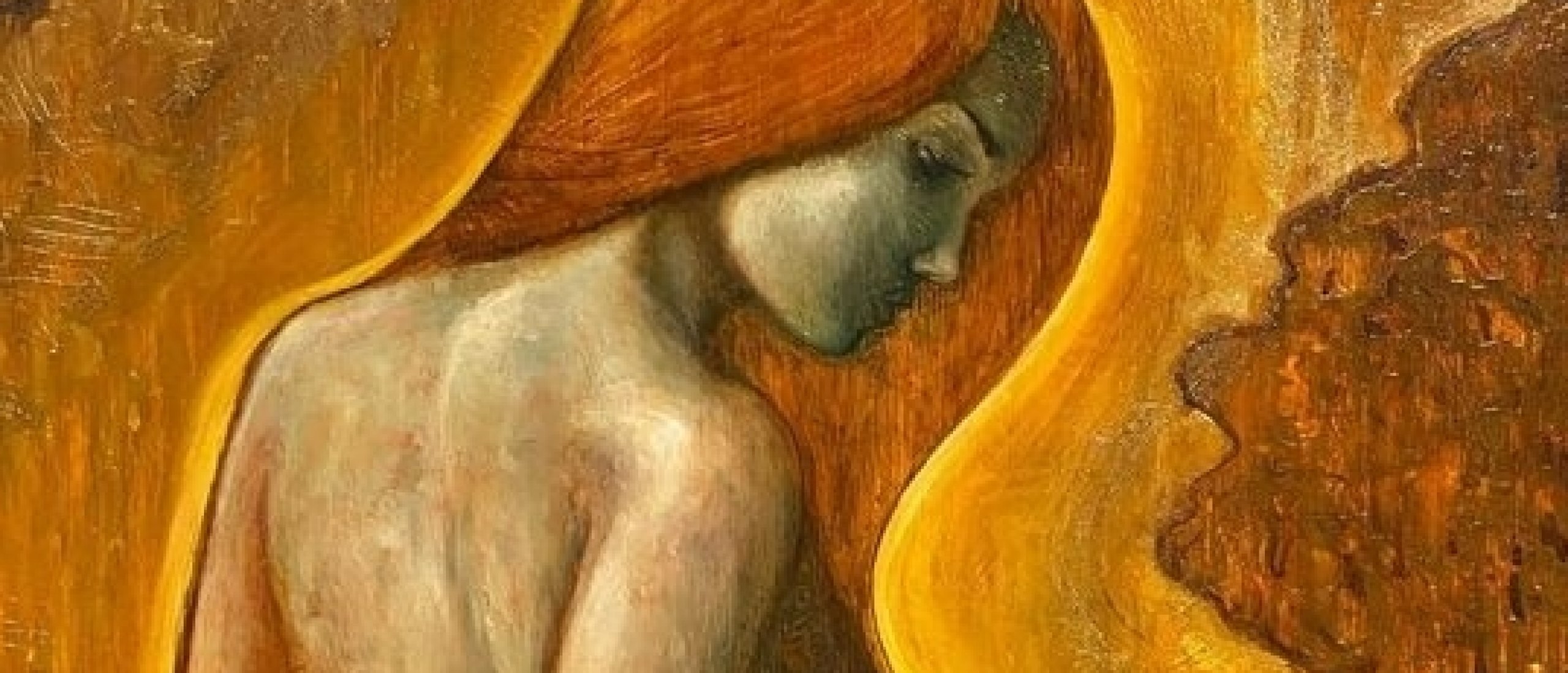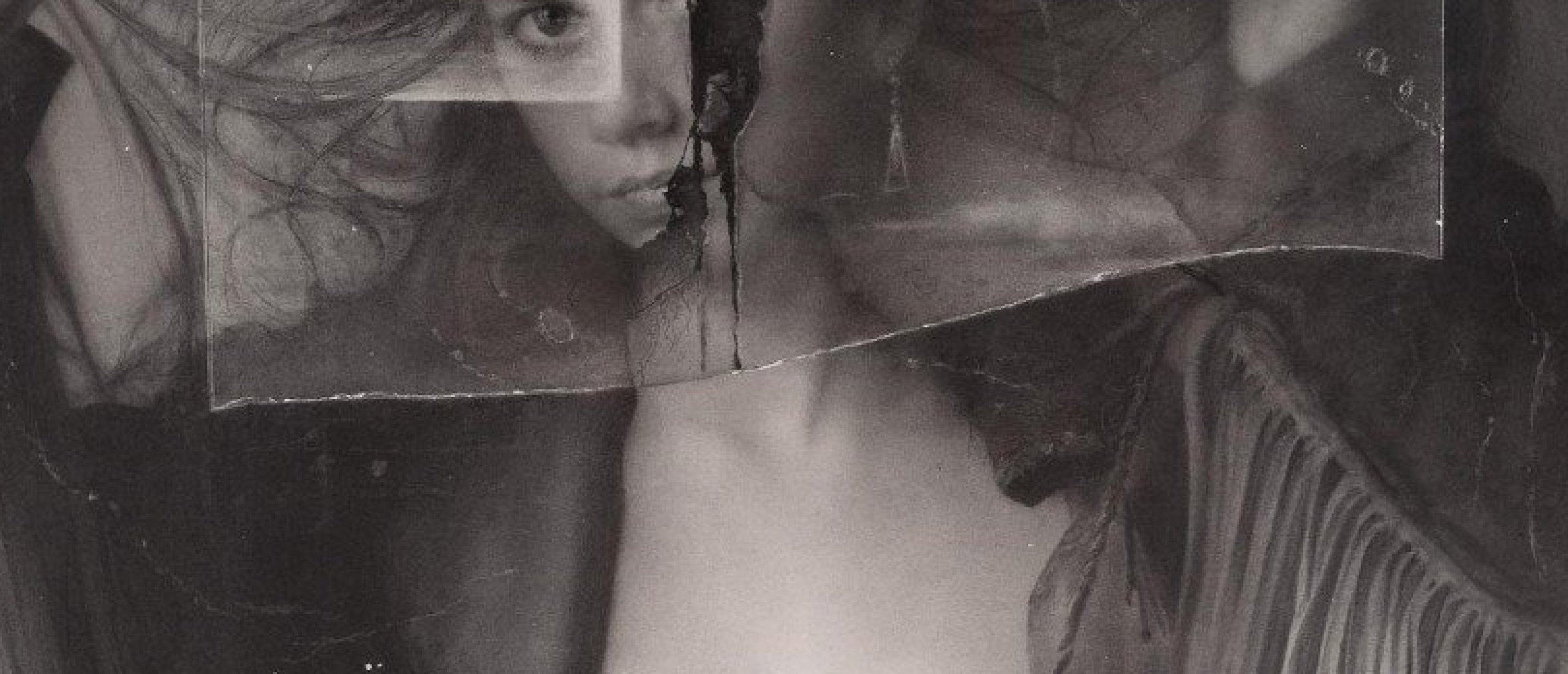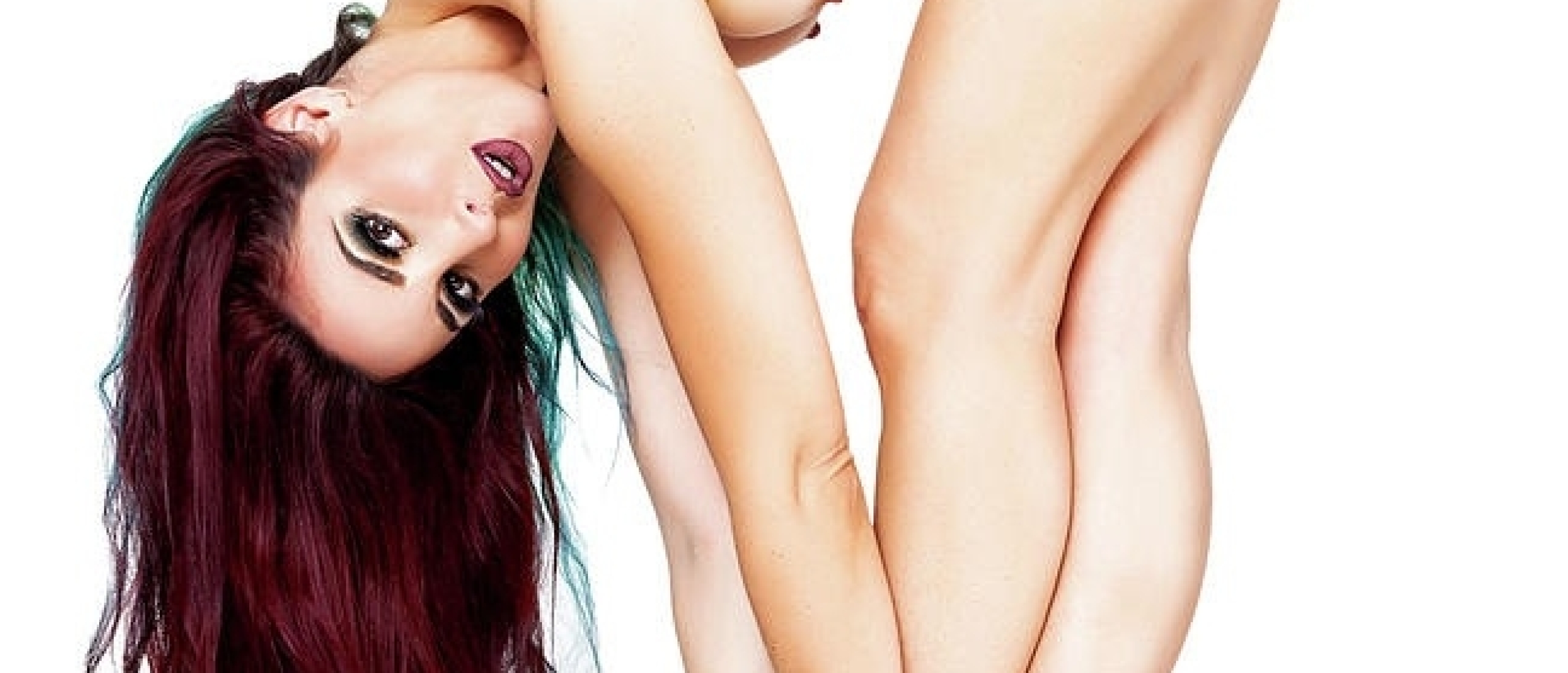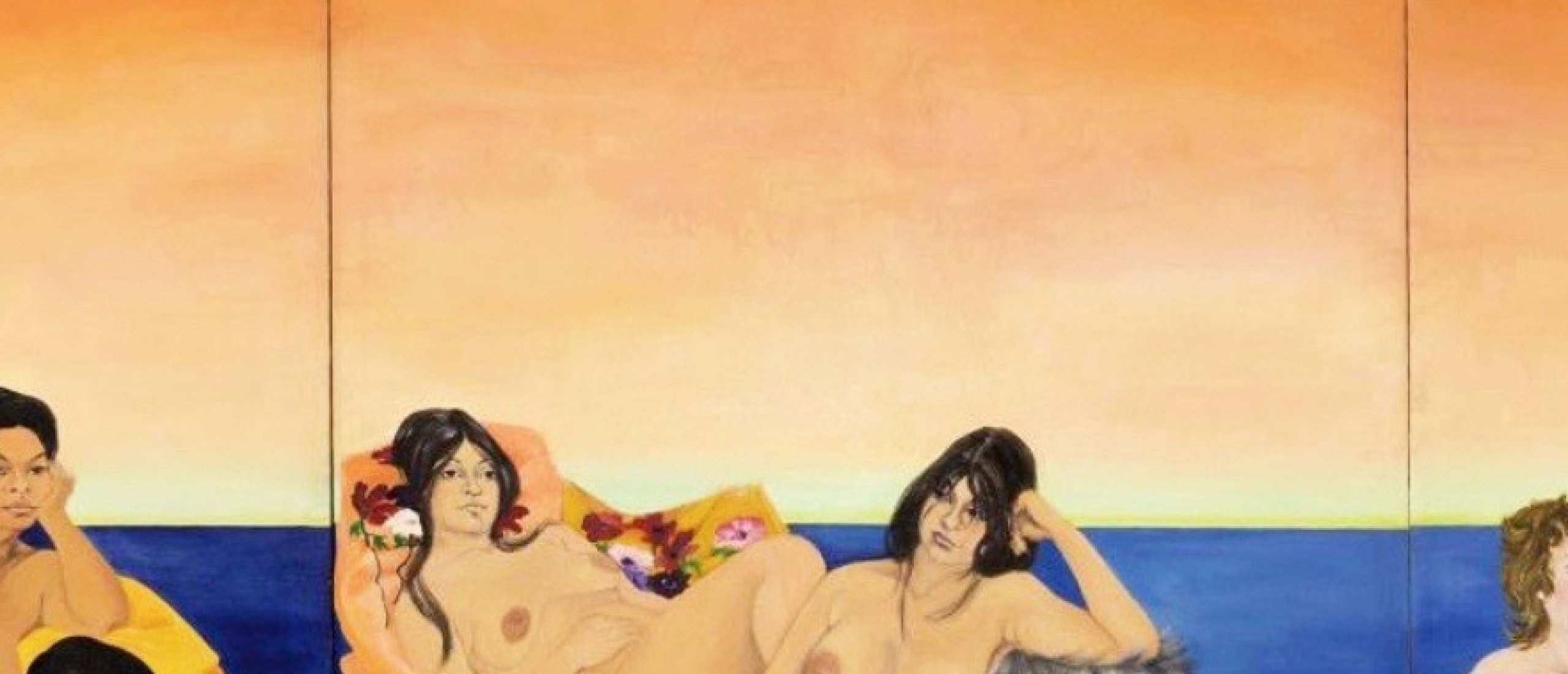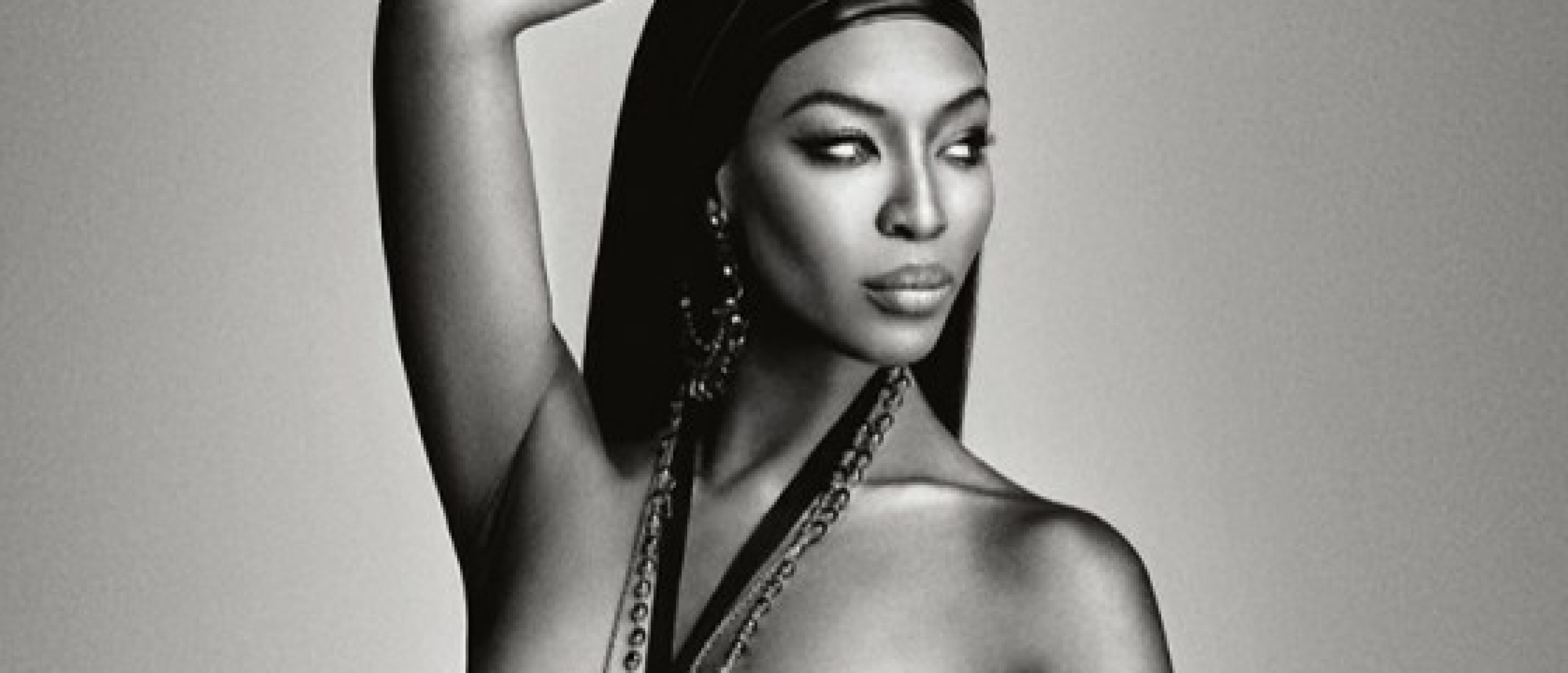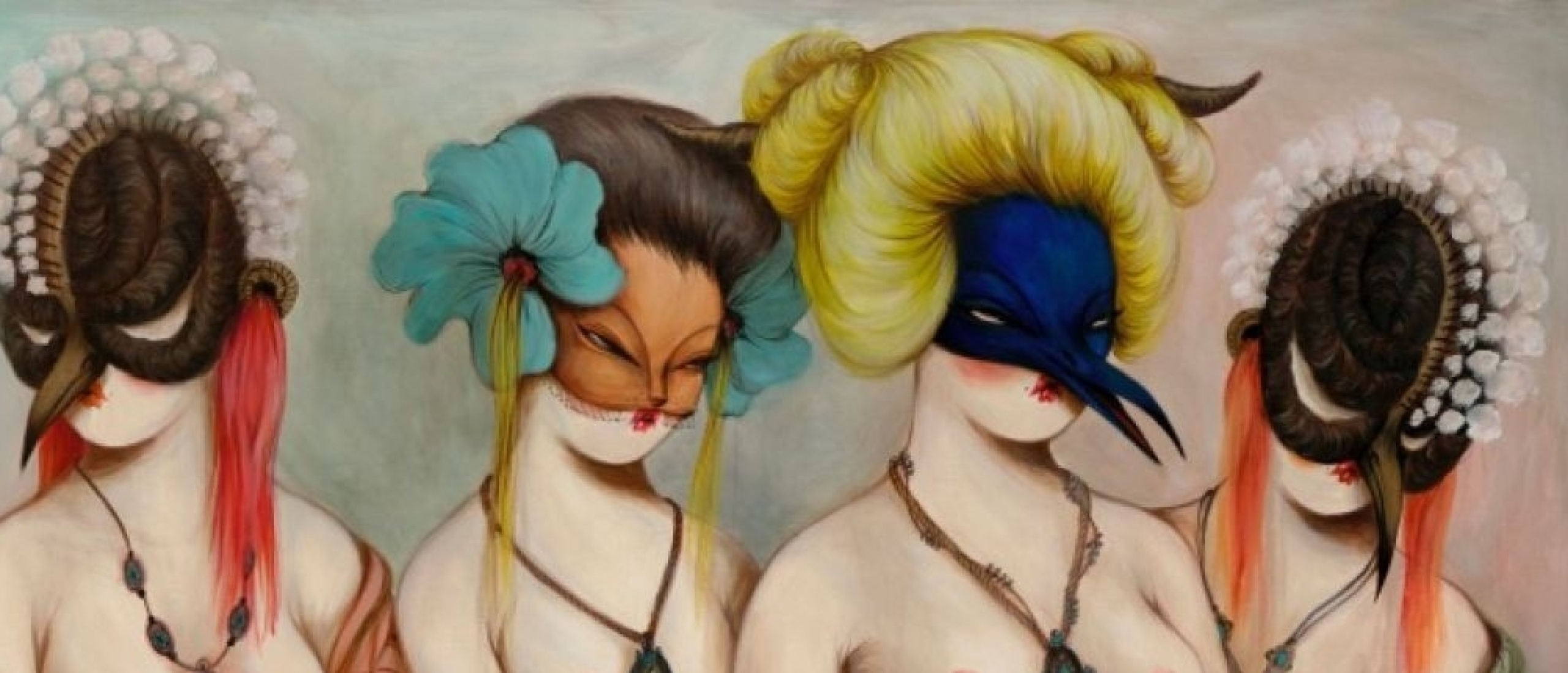
Through Her Eyes: Pussy Riot, Paint and Protest. Art, Eroticism & Feminist Resistance Herstory
Editor’s Note
French New Wave icon Agnès Varda once said: “OK, they’re looking at me. But I’m looking at them.” That, in essence, is the first feminist gesture. Not just to reclaim the body, but to reclaim the point of view.
Western art history, built by and for men, told only one side of the story. But from the margins—from women, queer artists, outsiders—come fractured reflections, radical reimaginings. And in this multiplicity, things get deliciously unstable.
Feminist art and the female gaze are interconnected concepts that challenge patriarchal structures and rewrite the visual language of desire. Feminist art confronts historical erasure, giving voice and agency to the female subject. The female gaze, by contrast, flips the lens—asking: What does it mean for women to look, not be looked at? To see with empathy, complexity, and power?
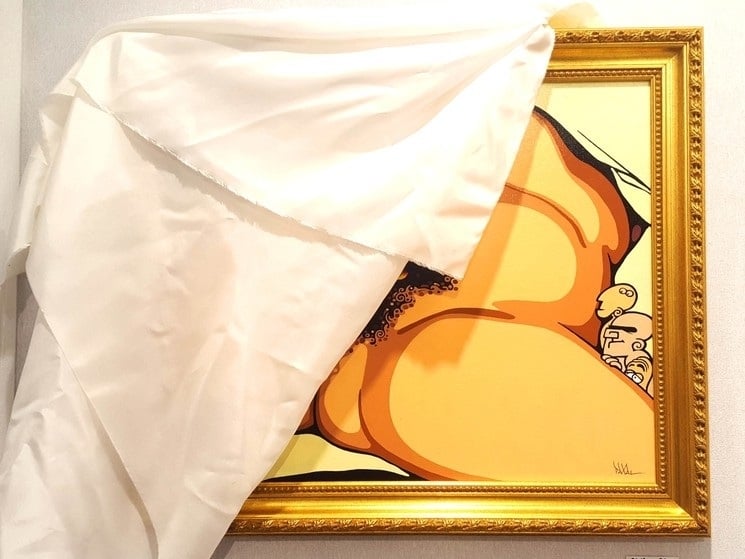
Fig.1 L'origine du monde - Remix par Paxal, 2019 via Artsper
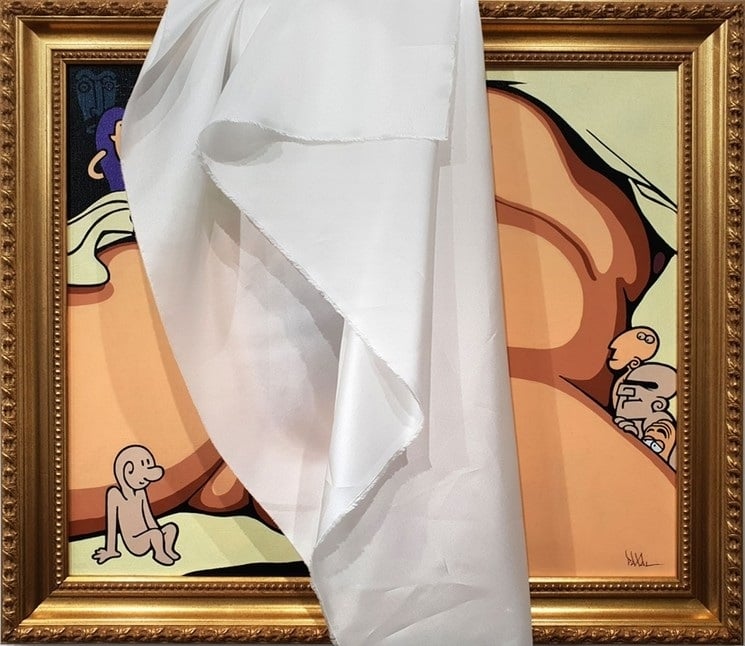
Fig.2 L'origine du monde - Remix, painting par Paxal, 2019 via Artsper
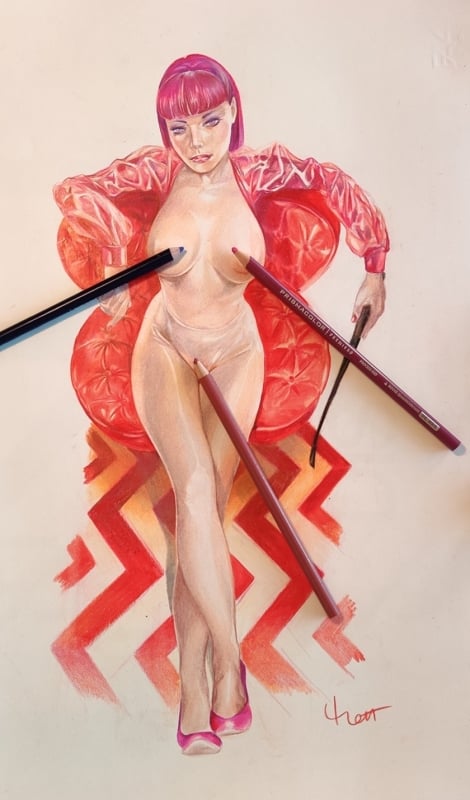
Fig.3 LYNCHe, 2020. Pencils on paper by Matt Resinanti, Digital Artist, comic artist, tattooer. Credits ArtStation
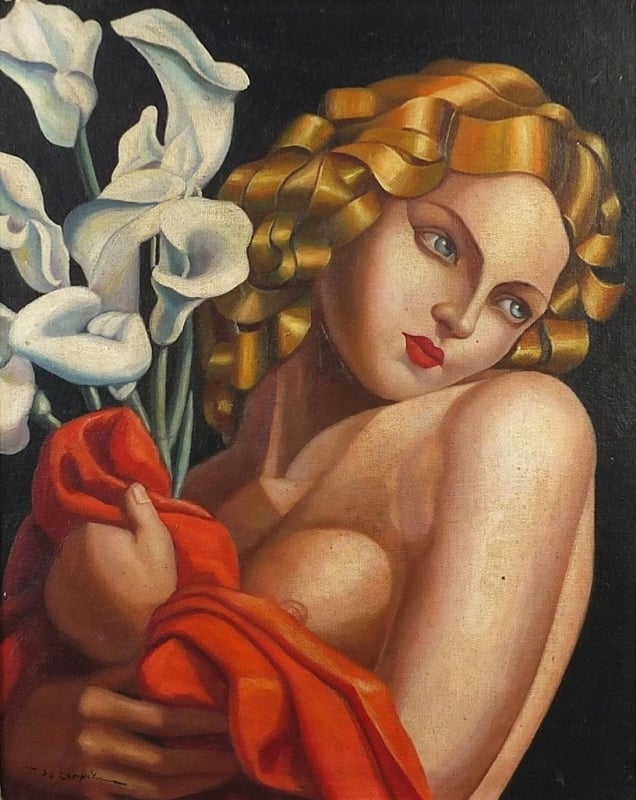
Fig.4 Manner of De Lempicka, Art Deco Nude, female holding flowers, oil on board via MutualArt
The Female Gaze: A Different Kind of Desire
The “female gaze” is not just about who holds the camera, the brush, or the pen—it’s about intention. It challenges the objectifying force of the male gaze, replacing voyeurism with vulnerability, objectification with intimacy. It doesn't erase eroticism; it redefines it.
It’s the visual language of mutuality. A slow burn rather than a striptease. This gaze is not limited to women—it’s a perspective anyone can tap into. It’s about shifting power: portraying women as subjects, not objects. As feeling, thinking, desiring beings. Not just nude, but naked—emotionally exposed, complex, and self-defined.
A for Artemisia: Heroine of Baroque, Survivor of Patriarchy
One of the fiercest feminist icons of art history, Artemisia Gentileschi turned personal trauma into timeless masterpieces. Trained by her father in the shadow of Caravaggio, she defied 17th-century norms to become a celebrated painter in royal courts across Europe.
After surviving rape and enduring a brutal public trial—where she was tortured to prove her truth—Artemisia refused to be silenced. Her paintings, such as Judith Slaying Holofernes, erupt with visceral rage and female power, reclaiming the canvas as a space of vengeance, resistance, and autonomy. In a world ruled by men, she painted herself into history—and never looked back.
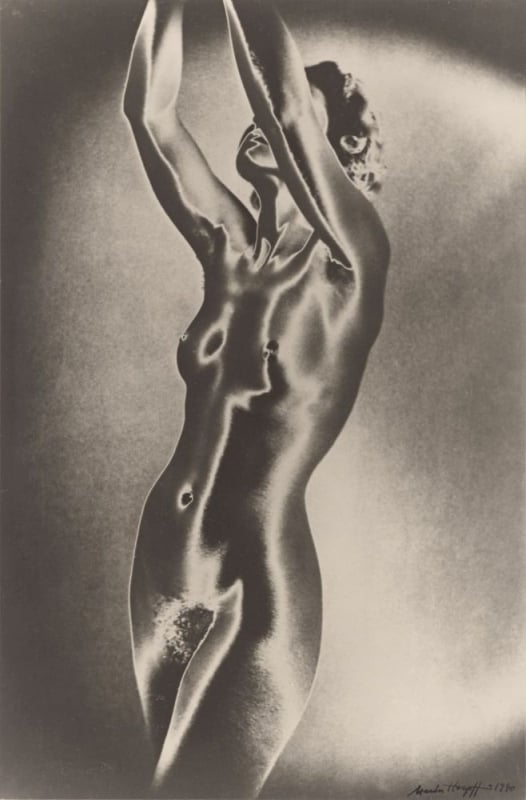
Fig.5 Marta Hoepffner, Akt Bewegung, 1940, Courtesy Kressbon Museum Lände, Queer Feminist Art
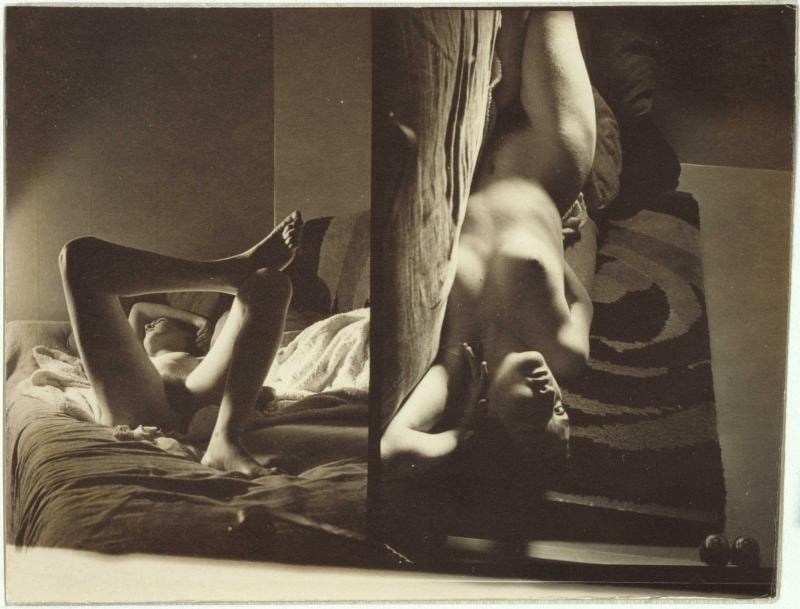
Fig.6 Meret Oppenheim portrait series by Man Ray (Emmanuel Radnitzky), ca 1933. Gelatin silver print. Credits Centre Pompidou Paris
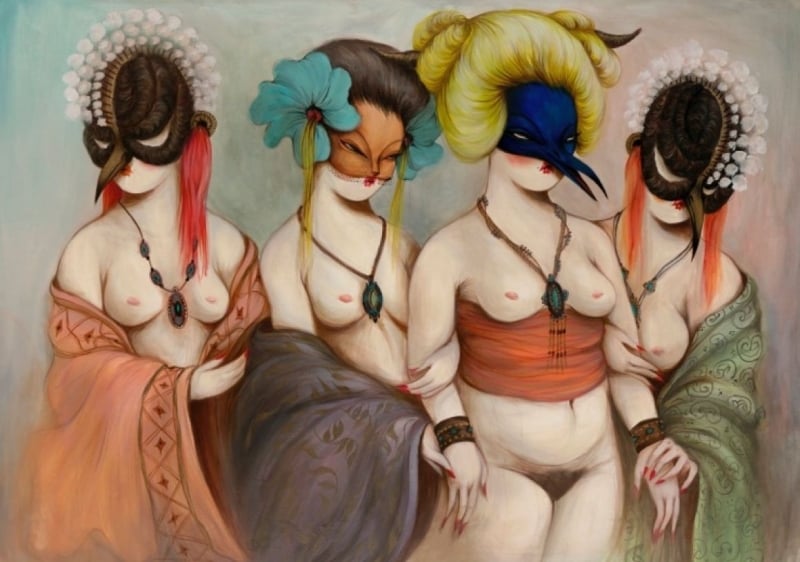
Fig.7 Miss Van and Olek at London Stolen Space gallery 2014
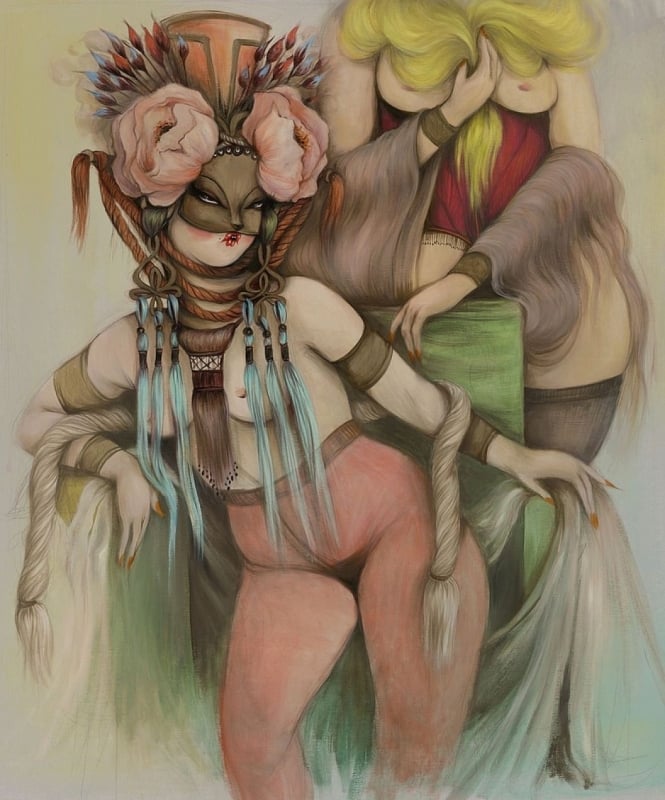
Fig.8 Miss Van and Olek, artwork at Exhibition London Gallery 2014
Courbet’s Vulva, Exposed: The Scandal That Won’t Die
One of the greatest mysteries surrounding Gustave Courbet's L’Origine du Monde ("The Origin of the World") was the identity of the model. For decades, the cropped vulva became a symbol of radical realism and shocking eroticism. It was speculated to be his lover Joanna Hiffernan, but later evidence pointed to Constance Quéniaux, a former dancer at the Paris Opera and the mistress of Khalil Bey.
In 2018, a companion piece was discovered—a small oil painting wrapped in silk, which appeared to show the rest of the model's body. It confirmed what the vulva had already declared: beauty, intimacy, and erotic honesty are nothing to fear. The painting, once locked away like a dirty secret, now stands as a testament to the taboo—and power—of the female body, long before the age of labiaplasty and Instagram censorship.
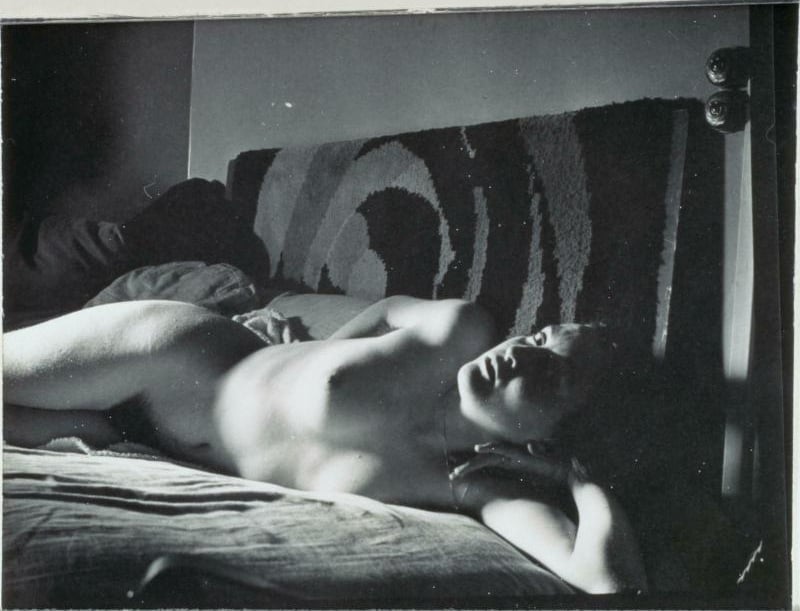
Fig.9 Meret Oppenheim by Man Ray (Emmanuel Radnitzky), 1933. Gelatin silver print. Credits Centre Pompidou Paris
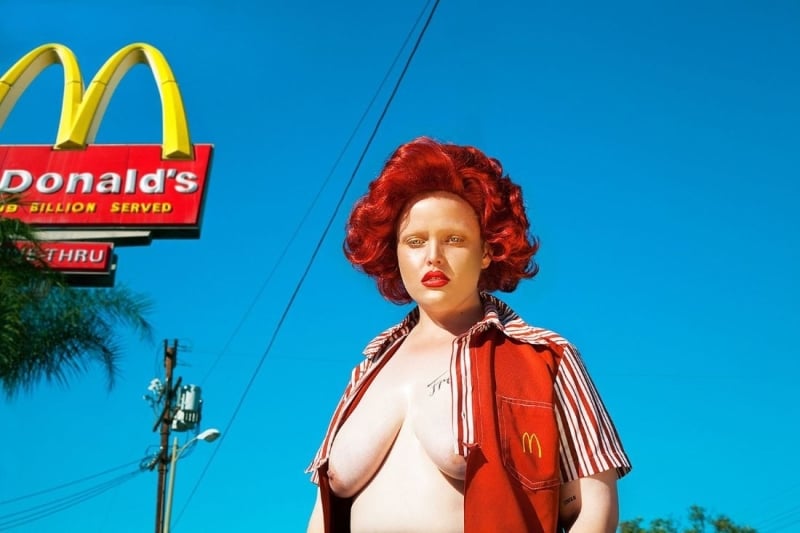
Fig.10 Nadia Lee Cohen, A Guide to Indulgence series
Become a Premium member now and enjoy the complete "Female Gaze" journey including:
- Feminist Guerrilla War: The Vulva Nude Gets Tagged
- Pussy Riot, Punk Art, and Patriarchy’s Meltdown
- Feminist Art: Beyond the Virgin, the Whore, and the Muse
- The Female Gaze Today: From Surrealism to Erotic Fashion & Sacred Vulvas
- Side Salad
- 66 additional pics
- and MANY more extras
Click HERE for the author's journey through vulva art
Let us know your thoughts about the above article in the comment box below...!!

